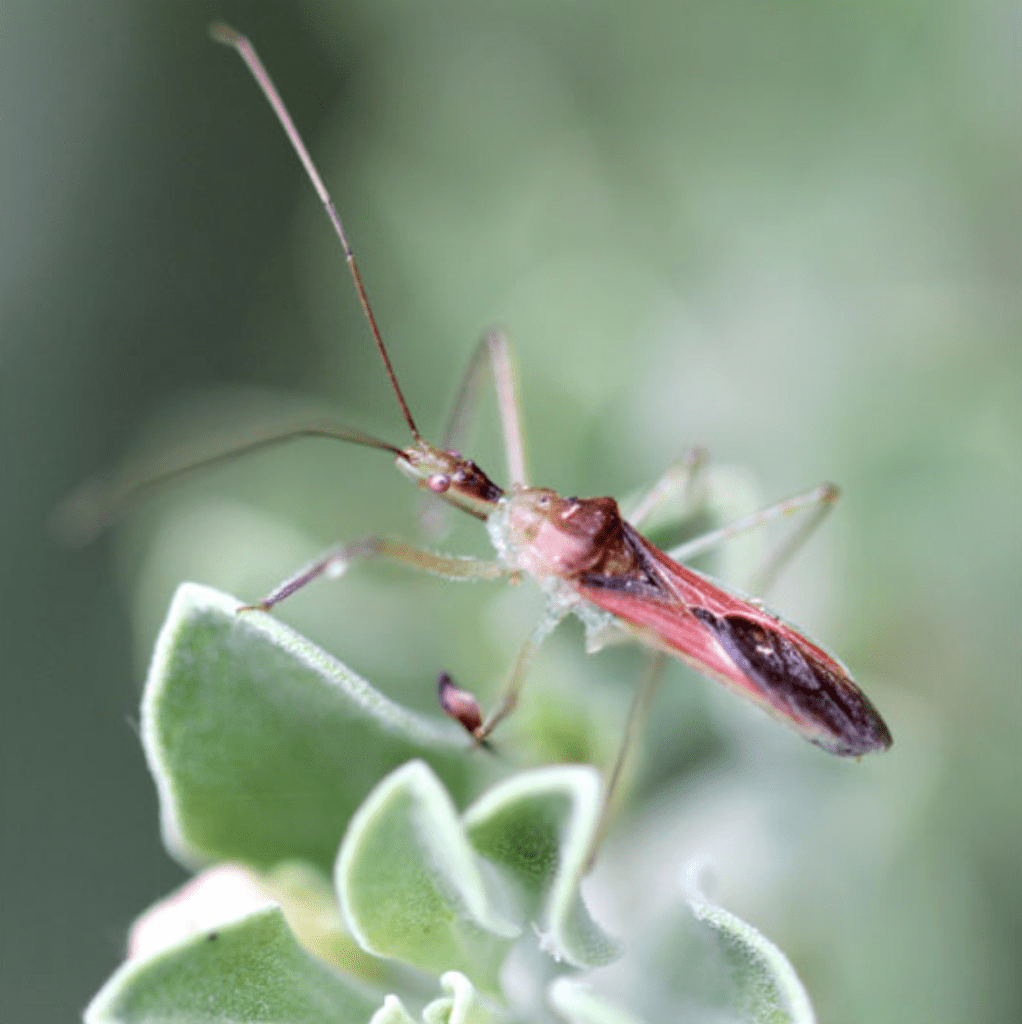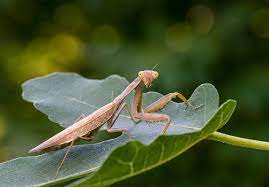
What are Biological Controls for Tree Care?
Insects can damage trees

I know what pesticides are but, Biological Controls!? What is that? Well, Do you have insect damage to your trees? Is something eating the leaves on your tree? Do you have small holes in the trunk of your tree? Is there sawdust around the base of your tree? These are all caused by plant-damaging insects. At any given time there may be many species of insects present on a tree but only a few are causing damage. Some leaf-eating insects like Japanese Beetles, aphids, scale, gypsy moths, or cankerworms feed on a wide variety of trees and landscape plants. Other insects like emerald ash borer, bronze birch borer, and holly leafminer are specific to certain host trees. When you find a bug, eating on your tree, your first reaction might be to reach for an insecticide. This can actually do more harm than good.
Not all bugs are bad

Many insects that are present on a tree are predators of the tree damaging insects. Most tree and landscape pests have a biological control, or an insect that views them as food. Under perfect circumstances, the predatory insects will keep the pest population under control. But, in urban and suburban settings, however, the population levels of predatory insects are not high enough to control the populations of the plant damaging pests. This is how things get out of balance. One way to correct this imbalance is to stop the use of pesticides and employ the use of biological controls.
What are Biological Controls?

Biological controls are predatory insects that consume plant damaging pests and limit their population growth. Biological controls are often slower to get going than pesticides. In the long run, they can be far more effective at maintaining low numbers of pests. There are many predatory insects that are commercially available. Some of the biological controls available from Arborist.co are Assasin bugs, Lady bugs, Lacewings, Predatory mites, Parasitic wasps, Minute pirate bugs, praying mantids, and predatory nematodes.
Why use Biological Controls?
Once biological controls have been implemented they become a permanent part of the ecosystem. Biological controls provide pest control for decades to come without the downsides of pesticides. Using pesticides will kill both the target pest and its natural enemies. Pest resurgence occurs when the pest population rebounds much more quickly than the biological controls can. Another problem is a secondary pest outbreak. A secondary pest outbreak occurs when the primary pest and the natural enemies remain suppressed. This allows a secondary pest to take advantage of the lack of competition and predators to become the prominent pest. One example of a secondary pest outbreak is the increase in mite population following insecticide applications.
Why Choose Arborist.co for Biological Controls
The ISA Certified Arborists, at arborist.co support the balance of beneficial predatory insects. Predatory Insects are the natural alternative to using pesticides in controlling plant damaging pests. We can do this by releasing ladybugs, assassin bugs, minute pirate bugs, green lacewings, and praying mantids on our clients’ properties to help balance the pest predator matrix. Let our arborists help restore balance to your backyard ecosystem by avoiding pesticides and utilizing natural predatory insects and organic disease mitigation strategies.
